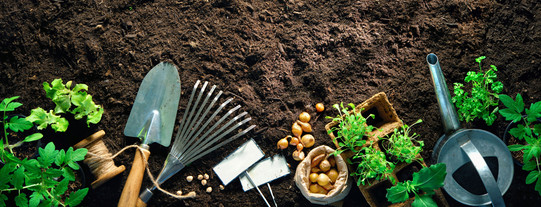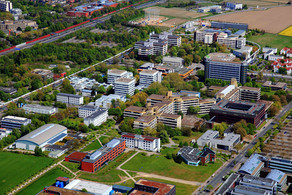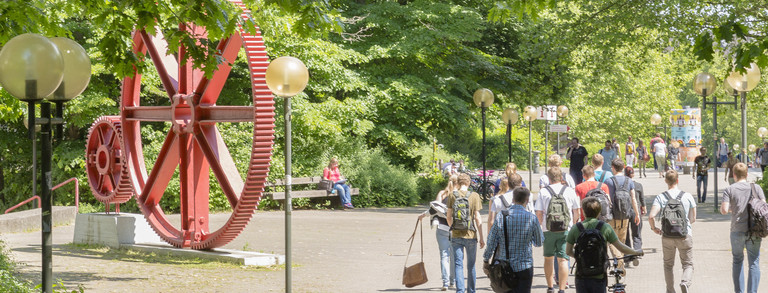Getting Started with Gardening
Allotments in the city, community gardens or your own field - more and more people are starting to pick up shovels and seeds again and plant flowers, vegetables and fruit.
On this page you will find some introductory information, for the first steps in the field. Further information can also be found, for example, in the university library on the subject of vegetable cultivation and seed production.

Timing is crucial when growing flowers and vegetables, especially outside.
Basically, the garden year for most plants starts between March and May. For example, carrots and onions are often sown in March, zucchini and potatoes can be planted in April, and sun-loving plants like peppers and tomatoes don't come outside until May.
These times can vary greatly and always depend on the variety. It is best to actually follow the directions on the seed bags. If you sow too early, the plant can be destroyed by frost. If you sow too late, the fruits may not ripen completely. Especially with Mediterranean varieties such as peppers, chili, eggplant or artichoke, the last aspect is crucial, if you sow them too late there will not be a large harvest. Most other varieties can also be sown a little later and thus usually have only minor losses.
The sowing time also depends on where and how you garden. Greenhouses are frost-free and much warmer a little earlier in the year. A balcony can also be planted earlier if the location is sunny.
With seed bags, you need to pay attention to whether it is direct seeding or the plants need to be pre-seeded. Direct seeding is done directly into the bed, where the plant can grow through the season. Pre-seeded crops are usually sown in small pots or trays first until they are large enough to be planted out. Direct-seeded crops include beets, radishes, carrots, and beans. Peppers, tomatoes and chili are usually pre-sown starting in February or March.
Plants do not need much to grow:
- Nutrient rich soil
- Water
- Light
- Heat
- Care
If starting small, simply fill the balcony box with soil and grow strawberries and lettuce there. On a large scale in the field, the nutrients may need to be added by compost or fertilizer. Watering is necessary in any case, especially in hot, dry summers.
Light plays a crucial role, especially in pre-planting: if the plants don't get enough light in the spring, they will wither or become weak.
The temperature required for germination varies greatly depending on the plant; lettuces are often cold germinators (18°C), whereas chilies like it warm (25°C). The same applies to planting in the open, frost-sensitive plants should not be put out before the last frost is over.
When the green thumb is just discovered, it is worthwhile to grow simple varieties of vegetables and flowers that give a lot of pleasure. Especially with vegetables, you should grow varieties that you particularly like to eat and are easy to grow.
For starters, we recommend the following, for example:
- Radishes
- Salads
- Peas
- Swiss chard
- Tomatoes
- Beans
- Zucchini




